#24 in Vietnam
Thịt Heo Quay: Basic Information
Pronunciation
Alternative Name(s)
Dish Type
Course
Mealtime
Popular Thịt Heo Quay Variations

Heo Quay Miếng
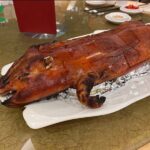
Heo Sữa Quay
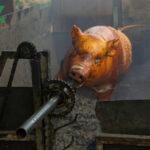
Heo Quay Nguyên Con
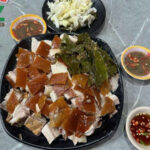
Heo Quay Lạng Sơn
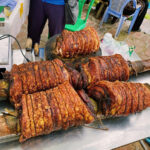
Heo Quay Đường Lâm
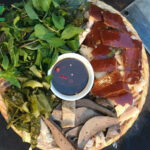
Heo Quay Đăk Drông
Thịt Heo Quay: Ingredients and Preparation
Main Ingredients
Main Cooking Method
Preparation Process
Thịt Heo Quay: A Deep Dive
Cultural Significance
Taste
Texture
Aroma
Color
Serving Style
Serving Temperature
Accompaniment
- Starchy foods like baguettes, bánh hỏi (woven rice vermicelli), bánh ướt (thin, wide sheets of rice noodles), or bún (rice vermicelli).
- Fresh herbs and vegetables
- Dipping sauces like nước mắm tỏi ớt and mắm nêm
Occasions
Seasons
Special Diets
Calories
Popularity
Popular Similar Dishes
- Siu Yuk
- Cochinillo Asado
- Hornado
- Lechón
- Babi Guling
Popular Dining Area
Thịt heo quay, or roast pork, is a traditional dish in Vietnam. It is famous for having crispy skin and juicy, succulent flesh.
Thịt heo quay is a must-have offering for lễ hỏi (a classic Vietnamese engagement ceremony), wedding feasts, and many traditional holidays in the country.
Thịt heo quay is typically marinated or rubbed with many herbs and spices. Common options are shallots, onions, ginger, black pepper, five-spice powder, soy sauce, garlic powder, chili powder, annatto powder, and vinegar.
Locals usually serve sliced or cubed roast pork with baguettes, bánh hỏi (woven rice vermicelli), bánh ướt (thin, wide sheets of rice noodles), or bún (rice vermicelli).
Vietnamese-style roast pork also goes well with fragrant herbs, fresh vegetables, and various sauces, like nước mắm tỏi ớt (a sweet and sour dipping sauce) or mắm nêm (a type of pungent fish sauce).
Thịt heo quay can also be cooked with other foods to make hearty dishes, like thịt heo quay xào dưa cải chua (roast pork stir-fried with pickled mustard greens) and thịt heo quay kho trứng (roast pork braised with eggs).
There are many ways to prepare thịt heo quay, such as roasting over a charcoal fire or in a lu (a large urn-shaped, tandoor-like oven).
You can also make this dish with an air fryer, which I will go into detailed instructions. I will also present you with facts about the advantages, disadvantages, common concerns, and similar dishes of thịt heo quay.
Key Points
Thịt Heo Quay Images
How to Make Thịt Heo Quay With an Air Fryer?
You can use an air fryer to roast a small slab of pork belly by following the 4 steps below:
Step 1: Parboil the Pork Belly
Boil the pork belly in hot water for 3 – 5 minutes.
Step 2: Prepare the Pork Belly for Marination
Pierce the skin with a toothpick or a fork, but don’t penetrate the fat layer. Score the meat by making shallow slashes like a grid pattern.
Step 3: Marinate the Pork Belly
Combine the herbs and spices, rub the mixture into the meat, and massage it carefully. Be careful not to let the mixture stick to the skin.
Wrap the pork belly in foil, but leave the top uncovered. Baste vinegar on the skin and refrigerate the pork belly overnight.
Step 4: Air Fry the Pork Belly
Wipe the pork belly skin dry and apply a mixture of vinegar, salt, and baking soda.
Place the foil-wrapped pork belly in a preheated air fryer and cook at 400°F (204°C) for 20 minutes or until the skin bubbles.
Reapply the vinegar-based mixture on the skin and roast the pork belly at 300°F (149°C) for 15 – 20 minutes.
This technique helps you prepare crispy roast pork belly at home. However, traditional thịt heo quay variations don’t feature air-frying and rely on more elaborate preparation methods.
What Are Popular Variations of Thịt Heo Quay?
Based on preparation techniques and regional popularity, there are 7 main types of thịt heo quay in Vietnam.

Heo Quay Miếng
Literally means “sliced roast pork”Made by roasting small slabs of pork or cutting from a whole roast pigUsually prepared from pork belly
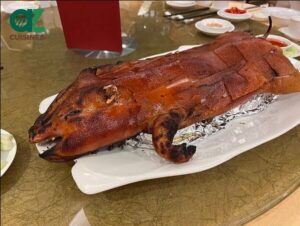
Heo Sữa Quay
Vietnamese version of roast suckling pigsMade from piglets under 6 weeks old and 11 pounds (5 kilograms)Has very tender flesh with a hint of milkMore expensive than other types of roast pork

Heo Quay Nguyên Con
Vietnamese version of whole roast pigsMade from pigs above 7 months old and 11 pounds (5 kilograms)Commonly used as offerings at traditional ceremonies
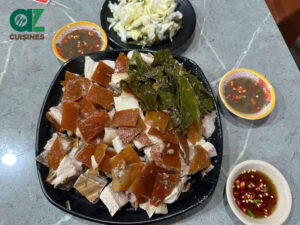
Heo Quay Lạng Sơn
Specialty of Lang Son province in Northern VietnamUsually made from whole pigs with a weight of 55 to 66 pounds (25 to 30 kilograms)Marinated with special condiments, such as honey and mắc mật (a local plant known scientifically as Clausena indica)Served with a sauce made from roast pork juice
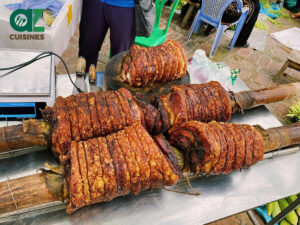
Heo Quay Đường Lâm
Specialty of Duong Lam village in HanoiMade from slabs of high-quality pork bellyPrepared with a complex process
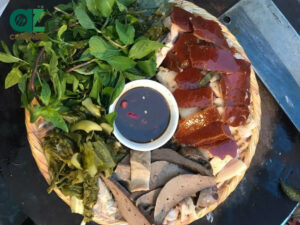
Heo Quay Đăk Drông
Specialty of Dak Drong ward in Dak Nong province, Central VietnamMade from whole pigs weighing below 66 pounds (30 kilograms)Marinated with local spices
After learning about these thịt heo quay variations, are you ready to explore the advantages and disadvantages of this roasted meat?
Pros and Cons of Eating Thịt Heo Quay
Thịt heo quay comes with the following upsides and downsides.
Pros
Cons
Now that I have provided you with the notable strengths and weaknesses of thịt heo quay, it’s time to discover other dimensions of this dish in the FAQs section.



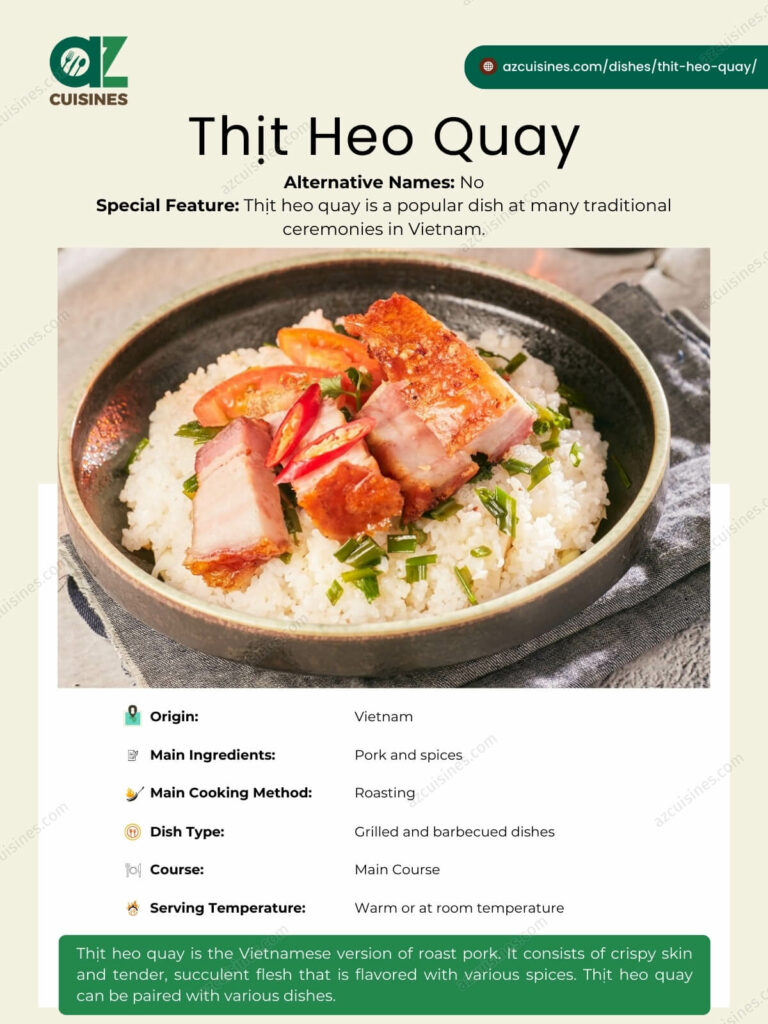
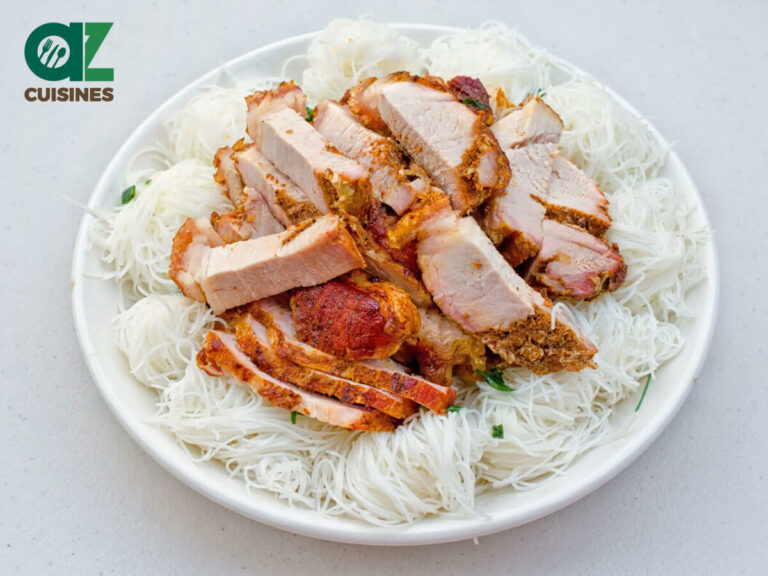
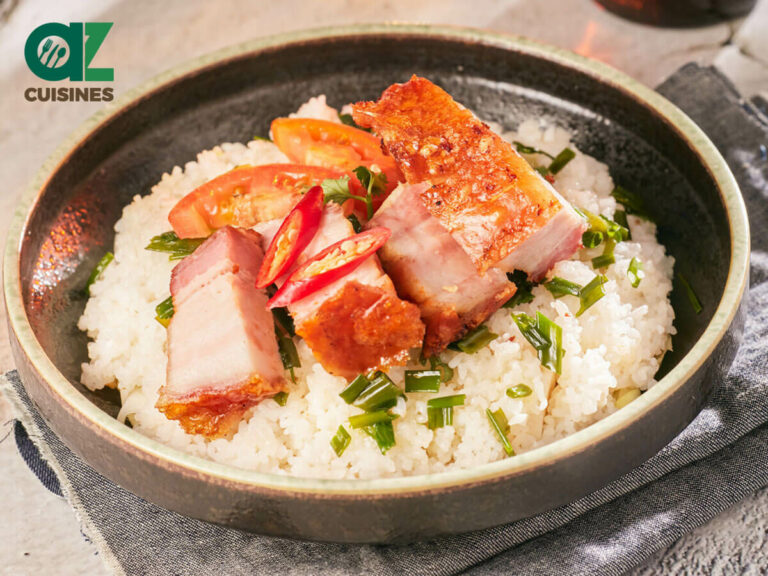
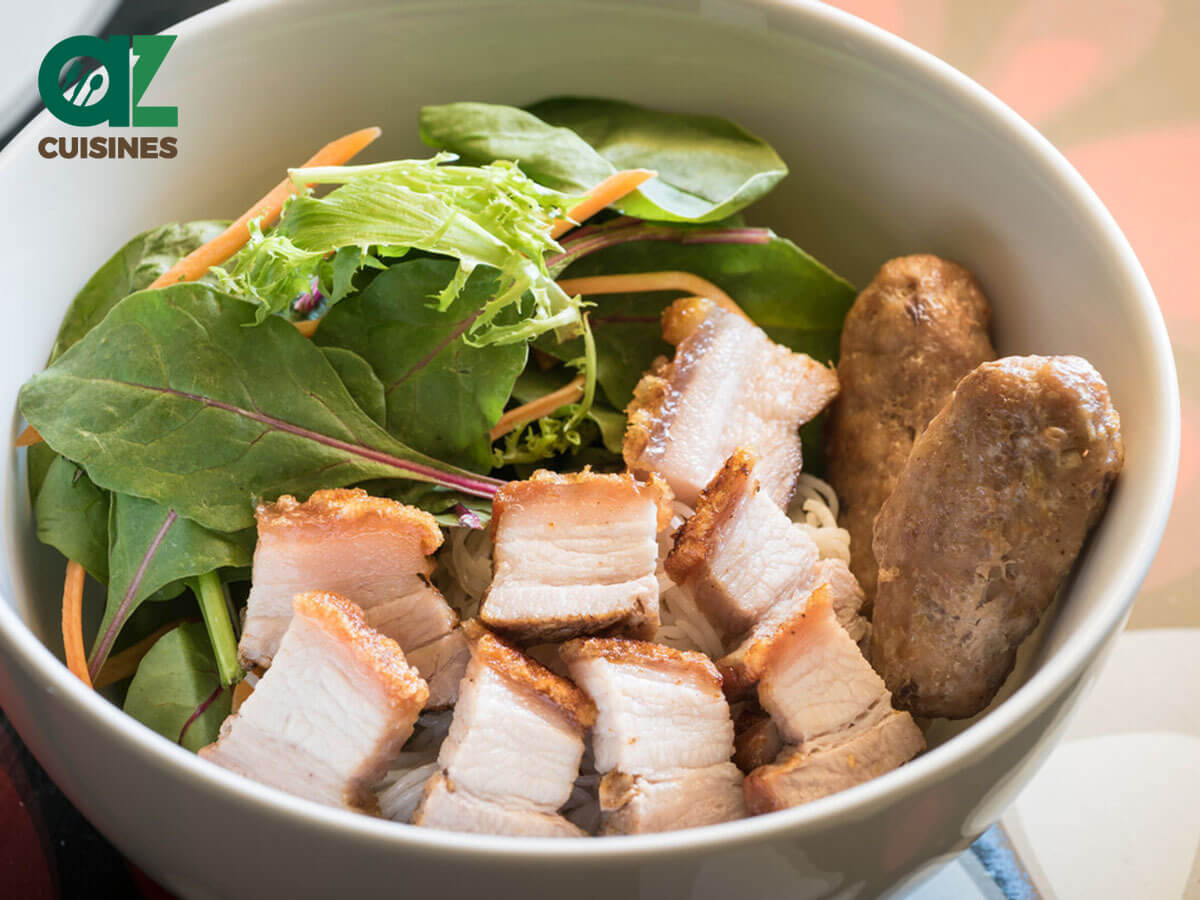

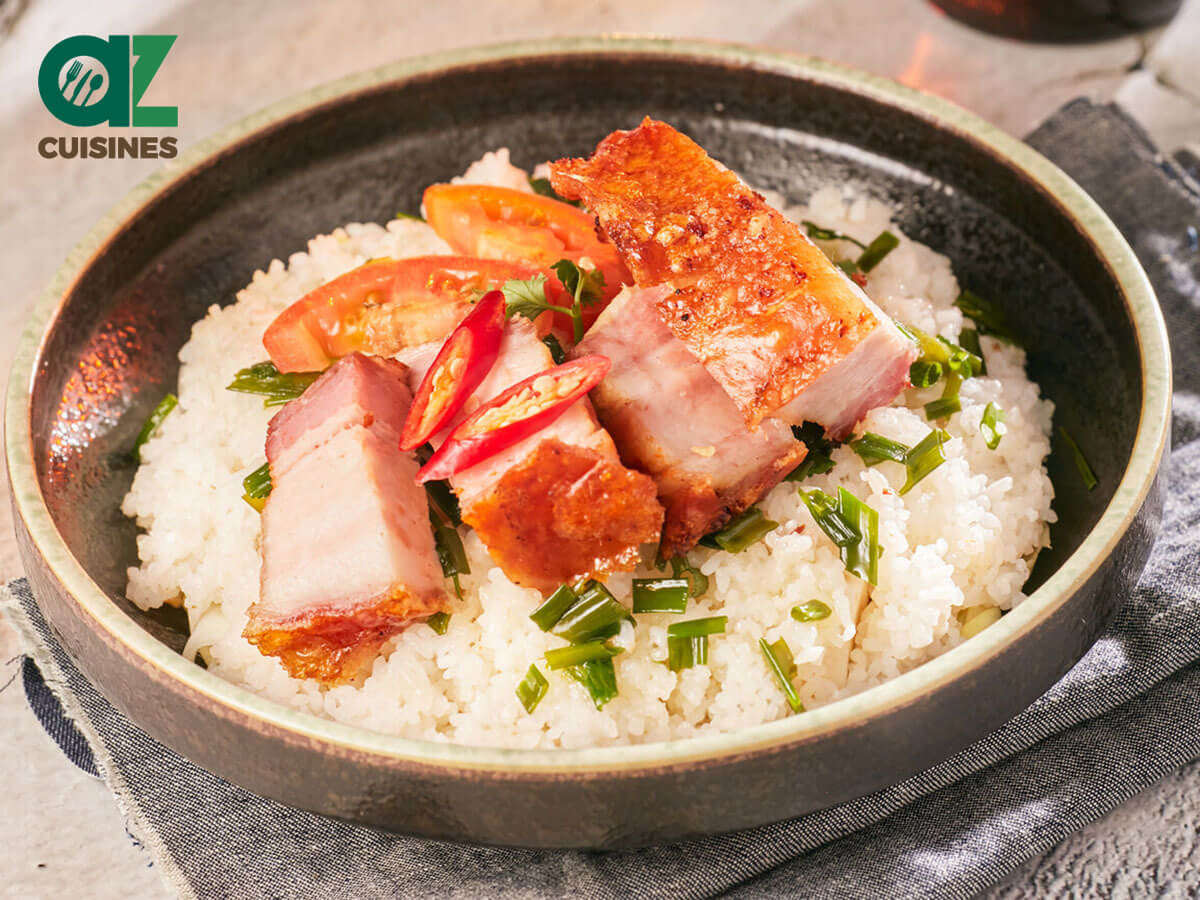
Truc Tran (Kris)
Senior Food Editor
Expertise
Home Cooking, Meal Planning, Recipe Development, Baking and Pastry, Food Editor, Cooking-video Maker, Vietnamese Food Evaluation Expert
Education
Truc Tran (Kris), an experienced food writer and editor, is great at exploring and describing global cuisines, from simple street food to fancy dining. In her writing, she skillfully mixes different flavors, cooking methods, and culinary traditions, showing the unique character of various cultures through their food and drinks. On azcuisines.com, Kris highlights her knowledge, especially in Asian cuisine and worldwide traditional dishes.